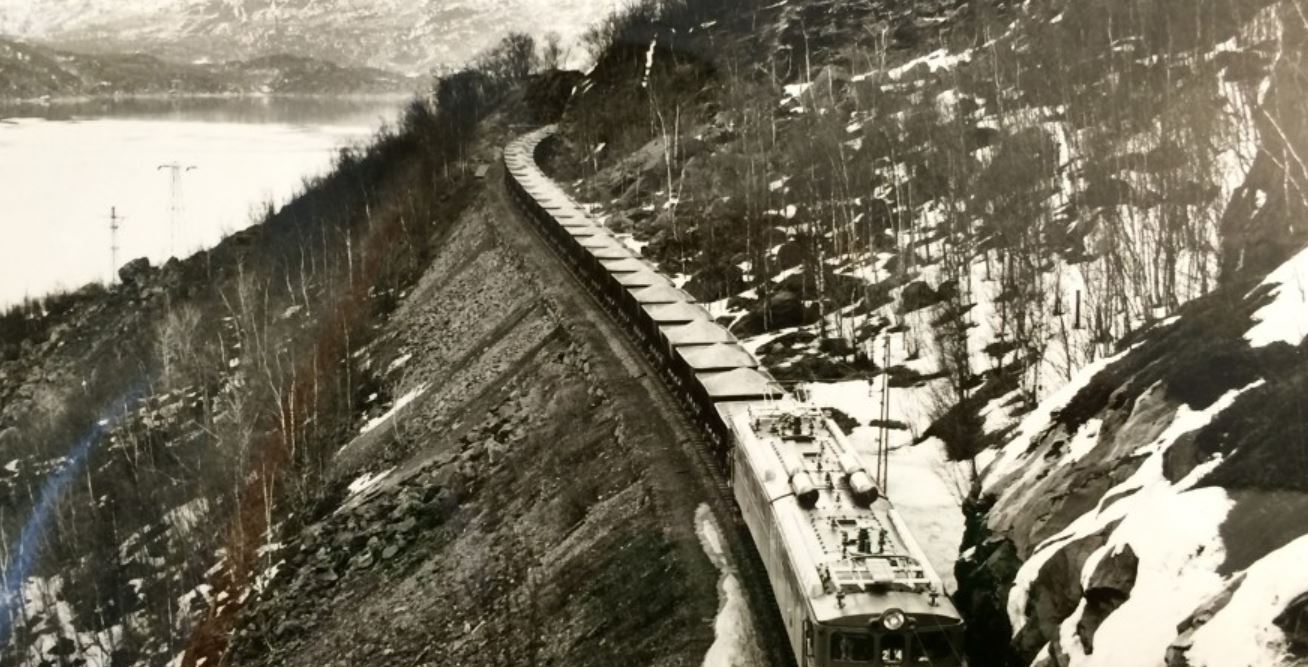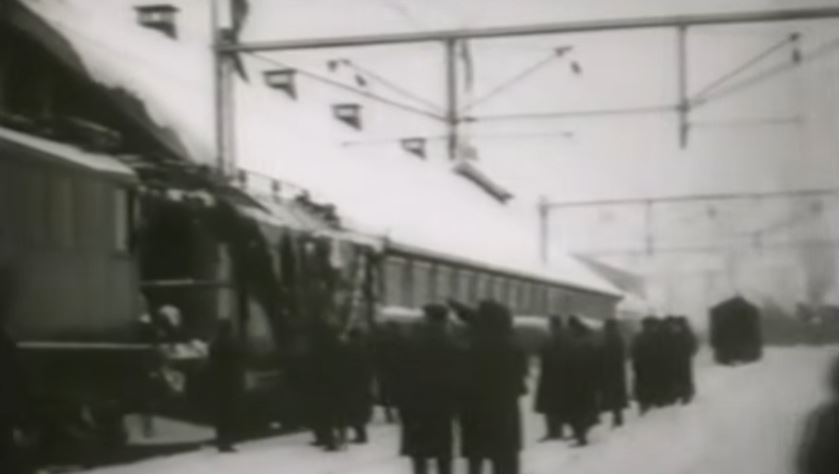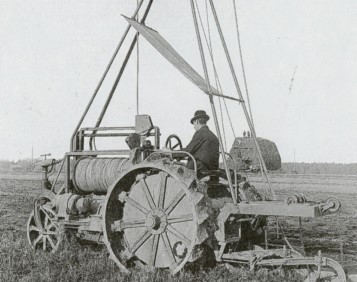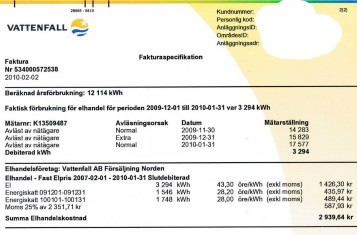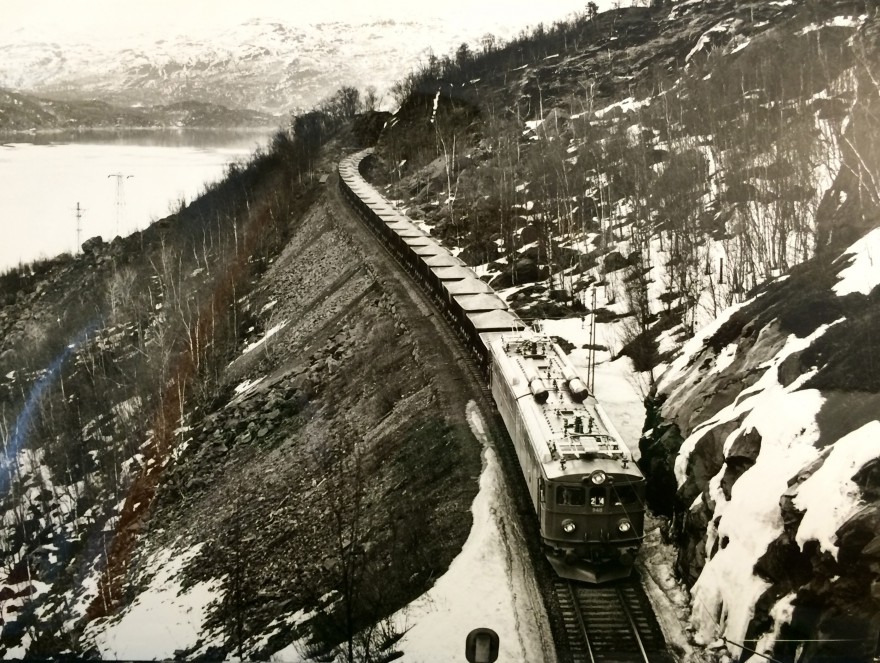
Electrified railways for 100 years
2015 marked the 100th anniversary of the electrification of the Malmbanan railway, Sweden’s ‘Iron Ore Line’. That was the first stage in the continued electrification of the railways. But it was not obvious from the start that Vattenfall would be responsible for providing electricity for the railways. That decision was made in 1910 when Director-General Vilhelm Hansen convinced the Swedish Parliament that Vattenfall’s proposal was the best for the electrification of Malmbanan.
When the construction of railways commenced in Sweden in the mid-1850s, locomotives were powered by imported coal. Around 20 per cent of Sweden’s coal imports in the early 1900s went to the railways. Sweden’s railways, and other industries, were extremely dependent on imported coal and thus very vulnerable to wars and international conflicts. In June 1899, the Swedish government appointed a committee to investigate whether it was possible to use domestic sources of power to run the state railways. The investigation was led by Asea engineer Robert Dahlander, who was able to present his findings in 1902.
Dahlander’s investigation showed that Statens järnvägsstyrelse (SJ – the National Railways Board) could be freed from dependency on foreign coal imports thanks to domestic sources of power. In addition, the power stations to be built could generate electricity for the industry and farms that lay adjacent to the railways.
SJ commenced its first attempts at electrical test operation in the years from 1905 to 1907, initially on the Tomteboda-Värtan and Stockholm-Järva stretches. The results were very positive.
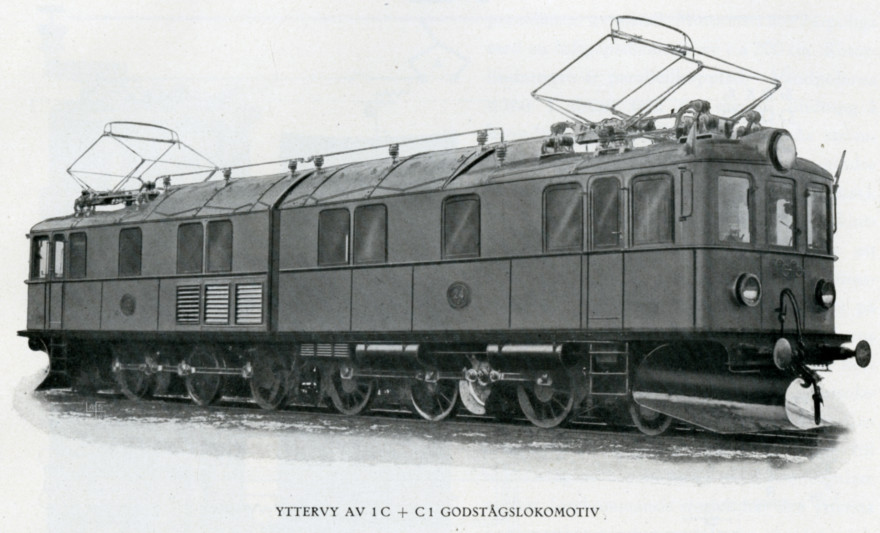
Goods train locomotive. From the book "Porjus kraftverk och Riksgränsbanans elektifiering". Year: 1915 | Place: - | Creator: Okänd | ID: VF000545
The next crucial question was which railway line to electrify first. The first choice was Gothenburg-Laxå, as SJ could then take electricity from the Olidan power station in Trollhättan, on which construction had commenced in 1906. However, SJ had to shelve its plans. There was too much traffic on the stretch, and the disruption would have been much too severe.
All eyes turned northwards instead, towards Malmbanan, which stretched from Luleå on the Gulf of Bothnia to Narvik on the Atlantic coast. The purpose of the line was to ship the ore LKAB produced at the mines in Malmberget and Kiruna to the ports in Luleå and Narvik.
SJ planned to take hydroelectric power from the waterfalls at Vakkakoski in the Torne River. The water resource in the falls was judged to be sufficient for the purpose.
Vattenfall gets involved
However, SJ had not counted on the involvement of Kungliga Vattenfallsstyrelsen (the Royal Waterfall Board). Vattenfall, which was formed in 1909, was tasked with developing the state’s water rights and supplying Swedish industry with cheap electricity. In this particular year Vattenfall also took over responsibility for the water rights previously acquired by SJ, including in Lagan, Motala Ström, Järleån, Norrbysjön and Roxen.
While SJ was primarily interested in electricity for the railways, Vattenfall took a broader approach and focused on Porjus in Lule River for the electrification of Malmbanan. That involved quite different potential compared to SJ’s proposal. The power in Porjus would easily be sufficient for LKAB’s mines in Kiruna and Malmberget. The plans also included bringing new industry to the area adjacent to the power plant.
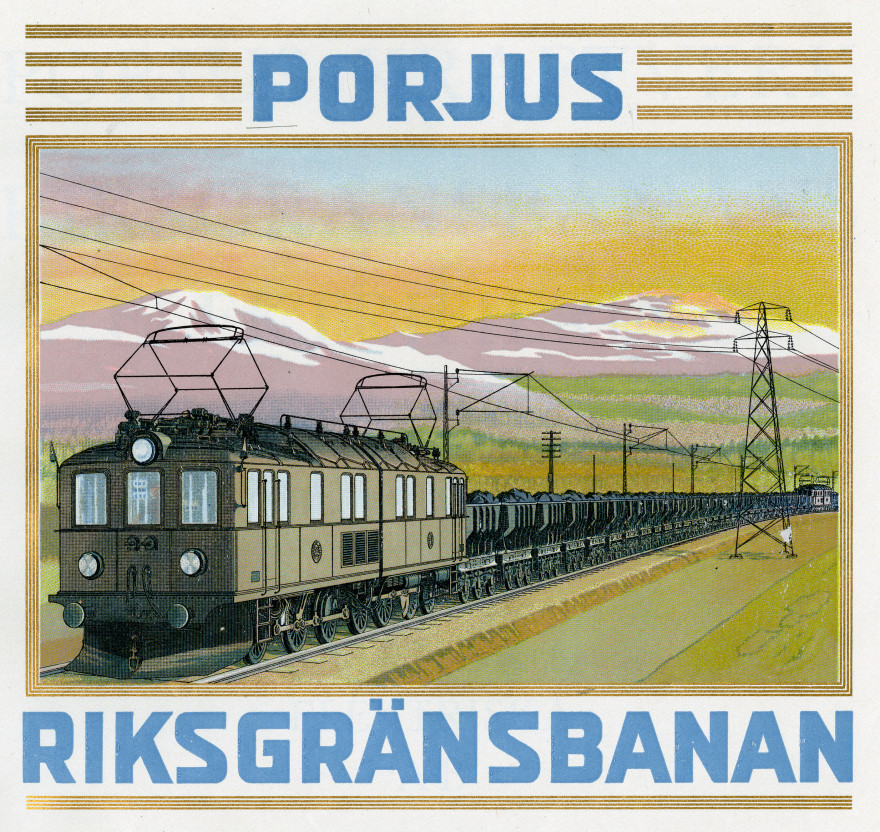
Porjus and the Malmbanan railway. From the book "Porjus kraftverk och Riksgränsbanans elektifiering". Year: 1915 | Place: - | Creator: Okänd | ID: VF000544
On 26 April 1910 the Swedish parliament was to decide on the two proposals. SJ’s Director-General Pegelow and Vattenfall boss Hansen each presented their proposals. Hansen, who was known for his reasoning skills, presented in detail the differences between the two options – and the benefits of locating the power plant in Porjus. After a long debate, the government proposition was adopted without voting. Construction on Porjus began the same year.
On 9 November 1914, the first electricity was sent from Porjus to the railway. After some adjustments, electrical operation commenced on 19 January 1915, with the formal inauguration ceremony taking place on 8 February.
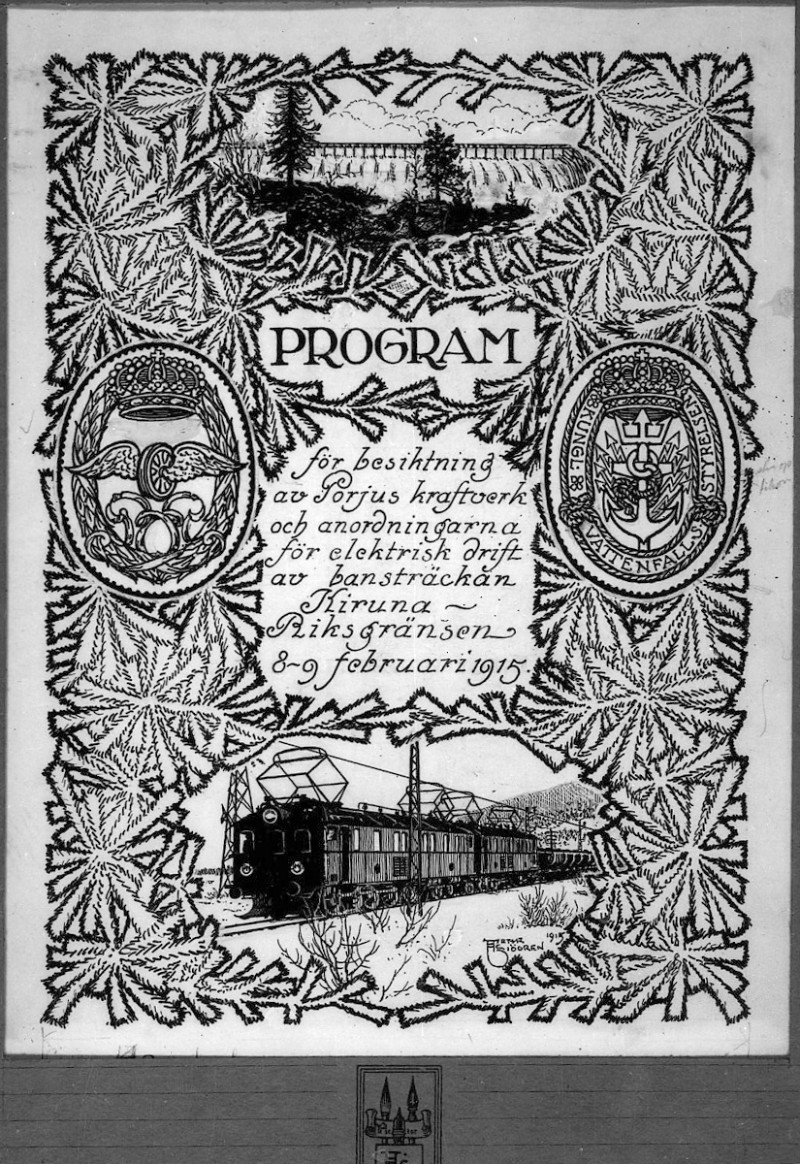
Program from the inauguration of electricity from Porjus power plant to the railway. Year: 1915 | Place: Porjus | Creator: Okänd | ID: VF000543
The vision of Porjus attracting new industries to set up in northern Norrland looked very hopeful at first. Many companies were interested, but ultimately only two actually came. The recession after the First World War put paid to many plans. Of the two companies to set up, only the smelting works AB Porjus smältverk survived, operating until 1958. Plans to build a large steel mill in Norrbotten, which would become a major customer of the power plant, were put on hold. It would take until 1940 before the Norrbottens Järnverk, NJA, steel mill started.
Continued electrification
Electrification of Malmbanan was a success, and the entire route between Luleå and Narvik operated on electricity from 1923. SJ also began to sketch out plans for further electrification of the Swedish railway network. First was the main western line, Västra stambanan, between Stockholm and Gothenburg. For this purpose, among others, Vattenfall started construction on the Lilla Edet power plant in 1918. This would be Vattenfall’s fourth hydroelectric plant. It would take a total of eight years before Lilla Edet was ready. The bad times after the war meant that the construction of both the railway and power plant was postponed. On 2 June 1926, the electrified main western line and the Lilla Edet power station could be inaugurated.
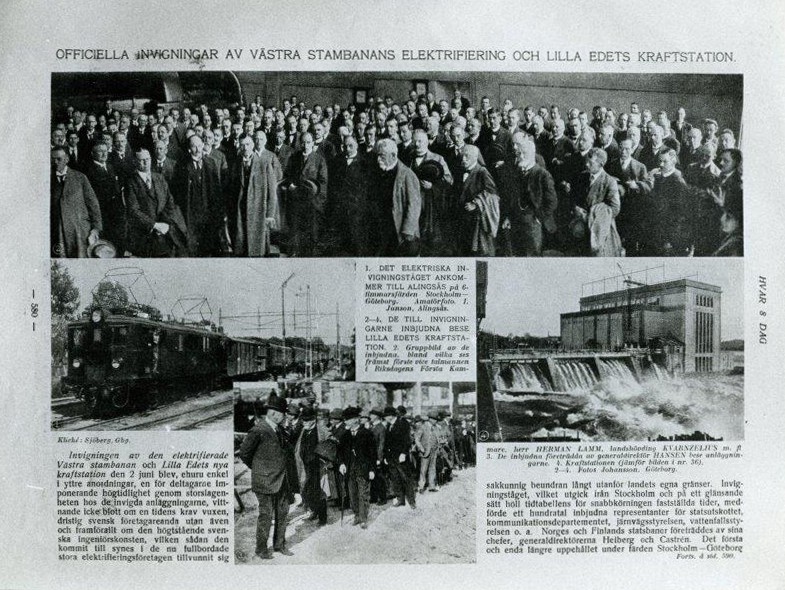
News paper article about the inauguration of the electrification of the main western line and the Lilla Edet power plant. Year: 1926 | Place: - | Creator: Okänd | ID: VF000542
SJ was a major customer of Vattenfall as the railway network expanded. A clear example of this is how much electricity went to the railways via the Central Block (approx. Svealand/westen part of Götaland). Between 1924 and 1938, the proportion increased from just under 5 per cent to almost 17 per cent. Nowadays, after the railways have long been fully electrified, the railway’s share of Sweden’s total electricity consumption has dropped to below 3 per cent.
Video player requires marketing cookies.
To view this content please click here to allow marketing cookies.
Electrification of the railways in the late 1930s (in Swedish)
Video player requires marketing cookies.
To view this content please click here to allow marketing cookies.
The iron ore railway, Kiruna; Riksgränsen in 1916 - Vattenfall

